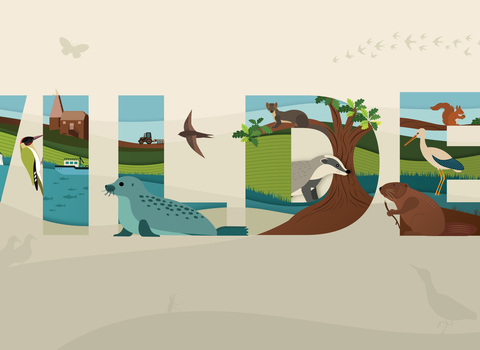Chough © Wildwood Trust
Conservation in the UK has been based upon the management of nature reserves for specific habitats or species. This has been a necessary way of ensuring species losses and declines are minimised by safeguarding the remaining refuges of many of the UK’s rarest wildlife. Yet we are still losing species in this country at an alarming rate; species we considered common just 10 years ago are becoming rarer. Land use change, the fragmentation of landscapes, development, and demands on water resources have all contributed to this rapid decline. At the same time we are seeing more extreme climatic events such as flooding and the destruction of the natural systems which regulate the landscapes we live in.
There is now clear, compelling evidence supporting a new approach in conservation, one which focuses on nature and society in equal measure, to restore the natural processes vital to our wildlife and people. This has a number of names of which rewilding is the most well-known.
